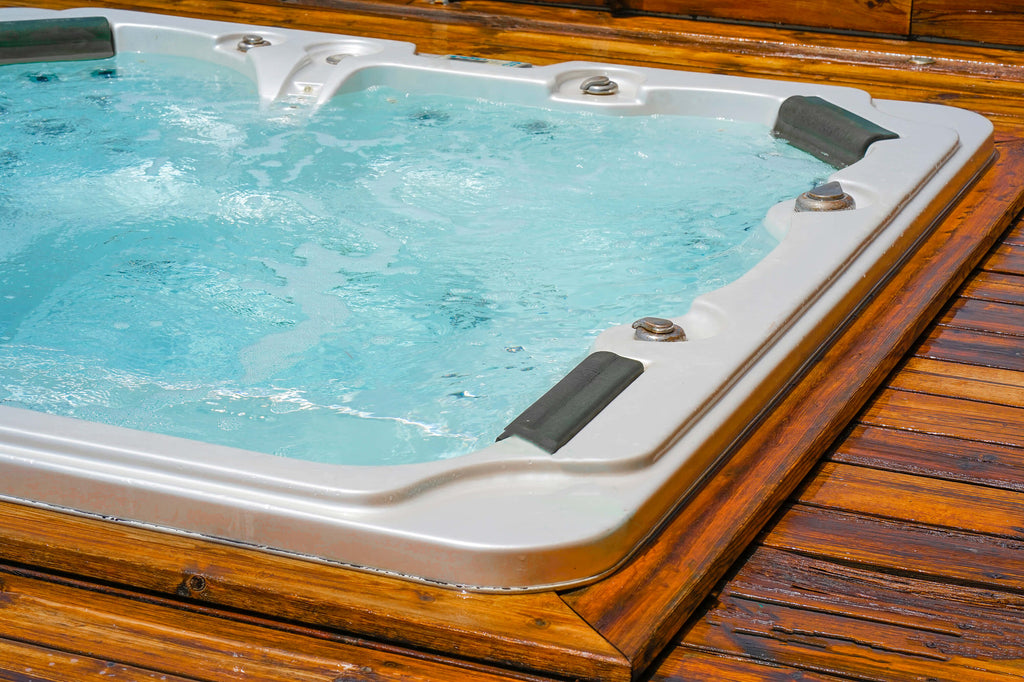
The Ideal Temperature to Maintain Your Hot Tub When It’s Not in Use
As a proud hot tub owner, I understand the importance of keeping it in pristine condition. One crucial aspect that often sparks debate is the optimal temperature to maintain when the tub is not in use. Striking the right balance ensures energy efficiency, prevents damage, and maximizes the longevity of your investment.
Before delving into the ideal temperature, let’s clarify the purpose of maintaining warmth. When the water is above freezing, it helps prevent costly damage to the tub’s plumbing and components. It also reduces the time and energy required to heat the water when you’re ready to use it again.
Understanding the Energy Savings
Setting your hot tub to a lower temperature when not in use significantly reduces energy consumption. A study by the Lawrence Berkeley National Laboratory found that lowering the temperature by 10°F can save up to 20% on energy bills. This is because less energy is needed to maintain a lower water temperature.
Additionally, modern hot tubs are often equipped with energy-saving features such as insulation and automatic timers. These features work in conjunction with a lower temperature setting to minimize heat loss and further reduce energy usage.
Preventing Damage and Ensuring Longevity
Maintaining a temperature above freezing is essential to prevent damage to the hot tub’s components. When water freezes, it expands and can burst pipes, damage the pump, and cause leaks. Even minor freezing can lead to costly repairs.
Furthermore, constantly heating and cooling the water can put stress on the hot tub’s equipment. By maintaining a constant temperature, you extend the lifespan of its components and reduce the likelihood of breakdowns.
The Ideal Temperature Range
Now, let’s determine the ideal temperature range for your hot tub when it’s not in use. Most manufacturers recommend setting the temperature between 50°F (10°C) and 60°F (16°C). This range is high enough to prevent freezing and damage while still conserving energy.
However, the specific ideal temperature may vary based on your climate and the frequency of use. If you live in a colder region or use your hot tub infrequently, you may want to set the temperature closer to 60°F. Conversely, if you live in a warmer climate or use your hot tub more often, a temperature closer to 50°F may suffice.
Tips for Maintaining the Desired Temperature
Once you’ve determined the ideal temperature range, follow these tips to maintain it:
- Use a reliable thermometer to monitor the water temperature accurately.
- Set the temperature using the control panel on the hot tub or through a mobile app.
- Consider using an insulated cover to minimize heat loss.
- Cover the hot tub when not in use, even for short periods.
- If you’re going away for an extended period, consider lowering the temperature to 40°F (4°C) to save even more energy.
Expert Advice: Maximizing Energy Efficiency
In addition to the above tips, consider the following expert advice to enhance energy efficiency and prolong the life of your hot tub:
- Use a thermal blanket: A thermal blanket placed under the hot tub cover provides extra insulation, reducing heat loss.
- Install a timer: Program the hot tub to heat up only when you need it, saving energy during periods of inactivity.
- Clean the filters regularly: Clean filters allow for better water circulation, reducing the energy required to maintain the desired temperature.
FAQs on Hot Tub Temperature When Not in Use
Q: What happens if the temperature drops below freezing?
A: If the water freezes, it can cause significant damage to pipes, pumps, and other components, resulting in costly repairs.
Q: Can I set the temperature to 40°F or lower to save more energy?
A: While you can lower the temperature to 40°F, it’s not recommended for extended periods. The water may freeze in colder climates or when the hot tub is not used for several days.
Q: Is it okay to leave the hot tub uncovered when not in use?
A: Leaving the hot tub uncovered will result in significant heat loss, increasing energy consumption and the time needed to reheat the water when you want to use it.
Q: How long can I leave the hot tub at a lower temperature?
A: You can leave the hot tub at a lower temperature for short periods, such as overnight or for a few days. However, if you’re going away for an extended period, it’s recommended to drain the water to prevent freezing and damage.
Conclusion: Maintaining an Optimal Temperature for Your Hot Tub
Maintaining the ideal temperature for your hot tub when not in use is crucial for energy efficiency, longevity, and protecting against damage. By following the recommendations and tips outlined in this article, you can ensure your hot tub remains in pristine condition and ready for use whenever you desire. Remember, the key lies in striking a balance between energy savings and preventing damage. So, explore the options, experiment with different temperature settings, and enjoy the benefits of a well-maintained hot tub for years to come.
Are you interested in learning more about hot tub maintenance and optimal usage? If so, feel free to browse our other informative articles or reach out to us directly for personalized advice.

Image: storables.com

Image: freshwatersystems.com
Common Hot Tub Health Risks and How to Prevent Them Nov 2, 2022A properly maintained hot tub can last for many years, providing homeowners with a luxurious and relaxing experience. While a hot tub can be used year-round,